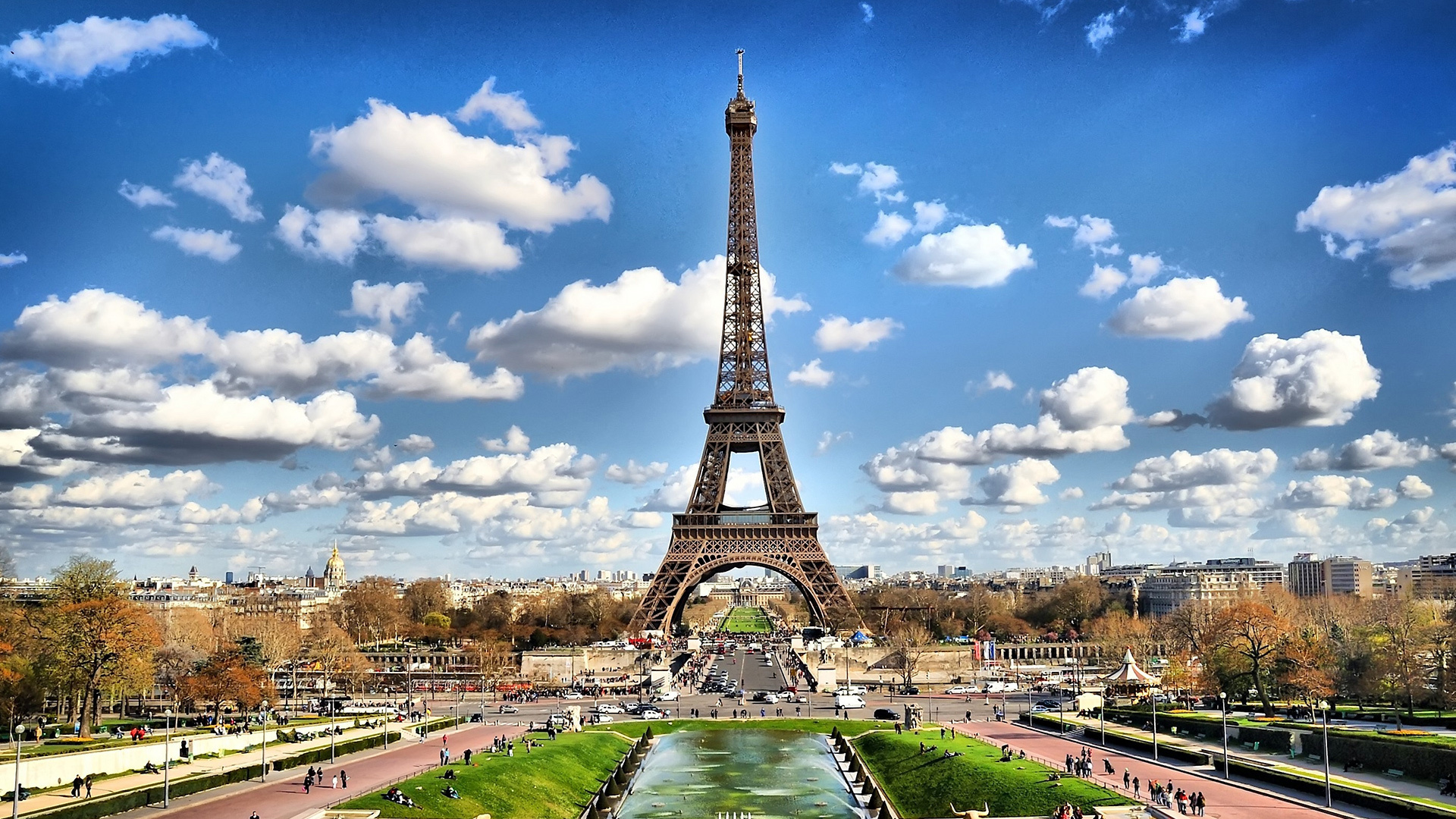Paris, France's capital, is a major European City and a global center for art, fashion, gastronomy and culture. Its picturesque 19th-century cityscape is crisscrossed by wide boulevards and the River Seine. Beyond such landmarks as the Eiffel Tower and the 12th-century, Gothic Notre-Dame Cathedral, the city is known for its cafe culture, and designer boutiques along the Rue du Faubourg Saint-Honoré.
Florence, Italy's capital in Tuscany region and birth place of the Renaissance, is home to masterpieces of art and architecture. One of its most iconic sites is the Florence Cathedral, with its terra-cotta-tiled dome engineered by Brunelleschi and Bell Tower designed by Giotto. The Galleria dell'Accademia displays Michelangelo’s “David,” while the Uffizi Gallery exhibits preeminent works such as Botticelli’s “The Birth of Venus” and Da Vinci’s “Annunciation.”
Rome, Italy’s capital, is a sprawling, cosmopolitan city with nearly 3,000 years of globally influential art, architecture and culture on display. Ancient ruins such as the Roman Forum and the Colosseum evoke the power of the former Roman Empire. Vatican City, headquarters of the Roman Catholic Church, boasts St. Peter’s Basilica and the Vatican Museums, which house masterpieces such as Michelangelo’s Sistine Chapel Frescoes.
Programme Details
Paris
An students insight into History, Fashion, Art & Architecture.
Champs - Elysees, is a boulevard in the 8th Arrondissement of Paris, 1.9 kilometres (1.2 mi) long and 70 meters (230 ft) wide, which runs between the 'Place de la Concorde' the largest square in Paris.
Place Charles de Gaulle, historically known as the Place de l'Etoile, is a large road junction in Paris, France, the meeting point of twelve straight avenues including the Champs-Elysees where The Arc de Triomphe is located. It is known for its theatres, cafés, luxury shops, and for the military parade that takes place each year on the avenue on 14 July to celebrate Bastille Day. Students get an insight in the fashion and boutiques of Paris.
Arc De Triomphe, is one of the most famous monuments in Paris. It stands in the centre of the Place Charles de Gaulle. It honours those who fought and died for France in the French Revolutionary and the Napoleonic Wars, with the names of all French Victories and Generals inscribed on its inner and outer surfaces. Beneath its vault lies the Tomb of the Unknown Soldier from World War I.
Ecole Militaire, see where the promising young Napoleon launched his rise to power.
Louvres & The Glass Pyramid, at the entrance to the louvres is The Glass Pyramid by the noted architect 'I. M. Pei'. Louvres one of the world's largest museums and a historic monument in Paris, France. A central landmark of the city, Nearly 350,000 objects from prehistory to the 21st century are exhibited over an area of 652,300 square feet. It is home to treasures like Leonardo da Vinci's Mona Lisa portrait.
Notre-Dame Cathedral, which means our 'Lady of Paris' or simply, is a historic Catholic Cathedral it is widely considered to be one of the finest examples of French Gothic architecture, and it is among the largest and most well-known church buildings in the world. The naturalism of its sculptures and stained glass are in contrast with earlier Romanesque architecture. Its sculptured facade, stained-glass rose windows and seemingly weightless vaulted ceilings are a sight to see.
Eiffel Tower, is a wrought iron lattice tower on the Champ de Mars in Paris, France. It is named after the engineer Gustave Eiffel, whose company designed and built the tower. Constructed in 1889 as the entrance to the 1889 World's Fair, one of the most recognizable structures in the world. The tower is the tallest structure in Paris. Go to the 3rd level for a panoramic view of the city.
Florence
Students get to know about the Italian language, opera and the Renaissance and where works of art like Michelangelo's statue of The David and Botticelli's. The Birth of Venus still resides today.
As you stroll through the city. Pass by classical statues at the
Piazza Della Signoria.
See the domed cap of
The Santa Maria del Fiore Cathedral, better known as the Duomo, which dominates the skyline.
Opposite the Duomo, look for the bronzed doors of
Ghiberti's Gates of Paradise at the Baptistery.
Walk across
The Ponte Vecchio a Medieval Bridge where many of Florence's famed leather and gold artisans keep shop.
Then Visit a leather workshop the perfect place to find Florentine souvenirs.
Rome
A city that integrates its past into the present better than any other.
Explore the world's most famous arena.
The Colosseum, where you can almost hear the stamping feet of the crowds gathered for gladiatorial combat. Nearby,
The Roman Forum marks the former heart of the Roman Empire. Julius Caesar gave many of his great political speeches there.
On your visit to the
Vatican City, marvel at Michelangelo's breathtaking celling in the
Sistine Chapel and look out for the colourful uniforms of the Swiss Guard, protectors of the Vatican City.
St. Peters Bascilica, is a major Basilica in Vatican City, an enclave of Rome. St. Peter's was until recently the largest church ever built and it remains one of the holiest sites in Christendom. Contrary to what one might reasonably assume, St. Peter's is not a cathedral - that honour in Rome goes to St. John Lateran. St. Peter's Basilica stands on the traditional site where Peter - the Apostle who is considered the first Pope - was crucified and buried. St. Peter's tomb is under the main altar and many other popes are buried in the basilica as well. Originally founded by Constantine in 324, St. Peter's Basilica was rebuilt in the 16th century by Renaissance masters including Bramante, Michelangelo and Berni
Before you say "arrivederci", toss a coin into the
Trevi Fountain.
Key Learning
Through this learning program students learn about the History, Art, Architecture & Culture of Paris, Florence (Italy) & Rome through its Monuments, Museums, Galleries and its streets.


